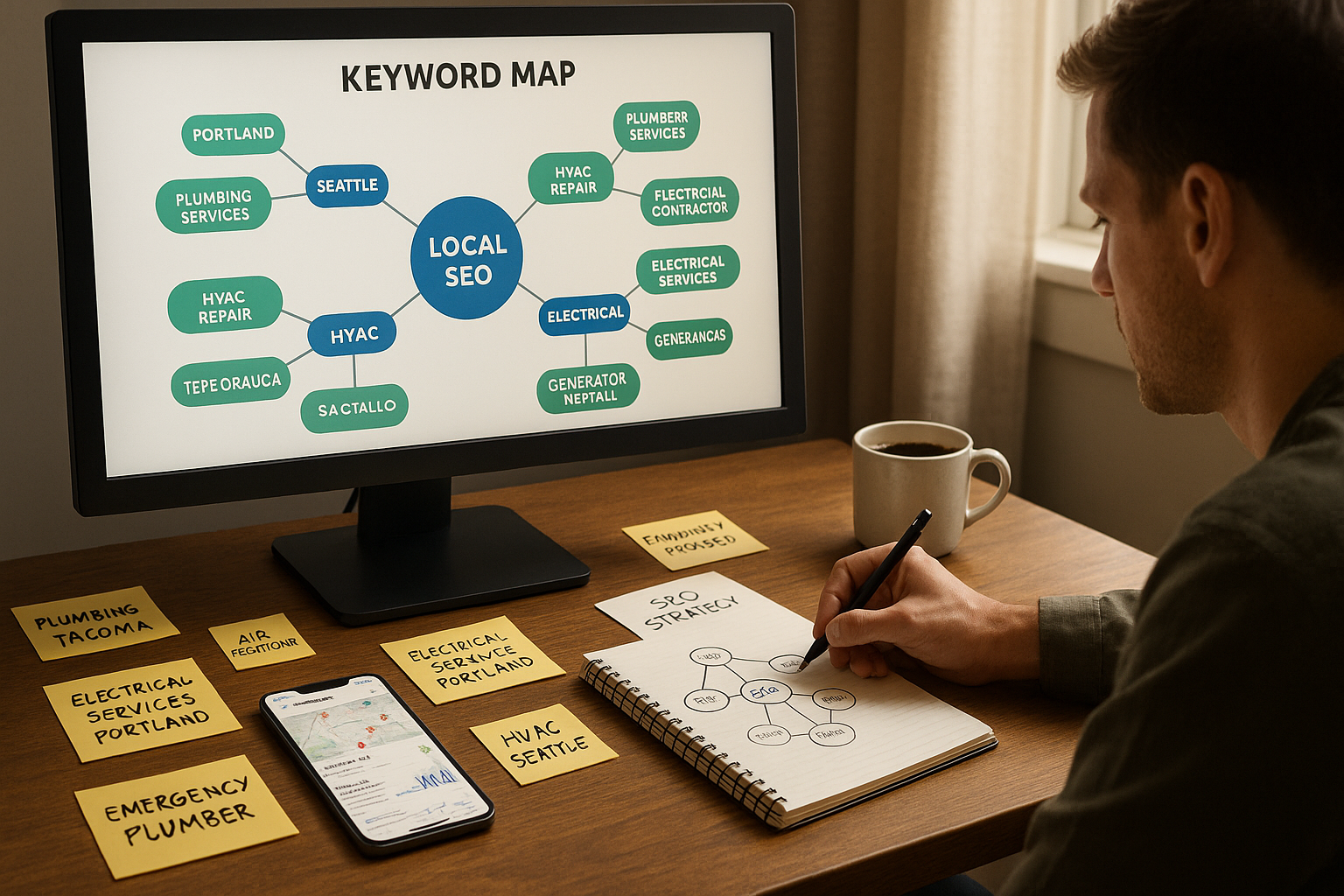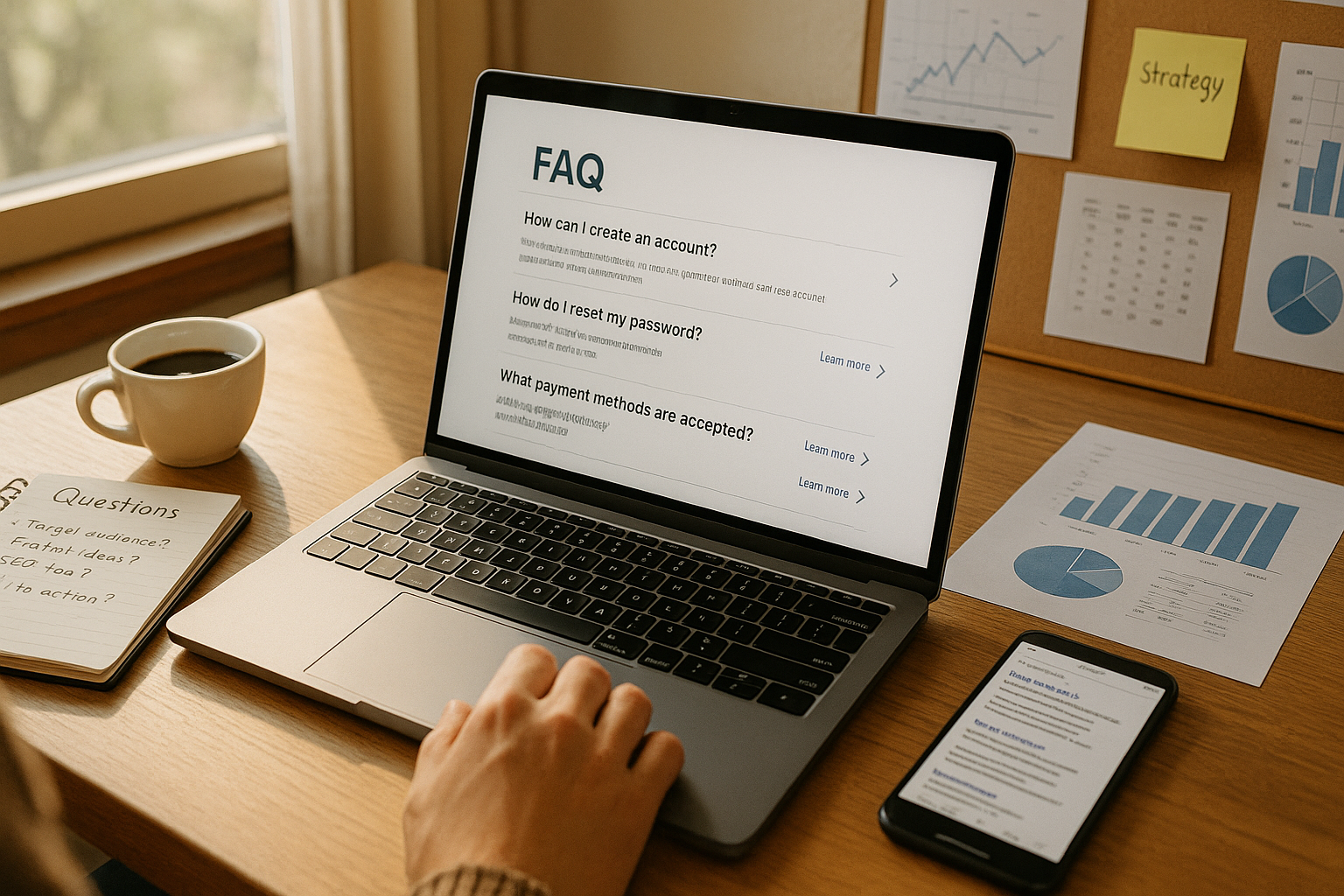What are common mistakes in Google Ads?
This is a subtitle for your new post
Google Ads is one of the most powerful and versatile tools in a marketer’s arsenal, capable of driving immediate traffic and measurable ROI—when executed with precision. For small businesses and growing brands alike, Google Ads can unlock new levels of exposure and lead generation. However, harnessing its full potential isn’t as simple as setting a budget and watching qualified leads roll in. All too often, businesses invest in Google Ads, only to find that their results fall short or their ad spend disappears with little to show for it. The culprit? Avoidable mistakes—sometimes subtle, sometimes glaring—that sabotage campaign performance, inflate costs, or flatten your conversion rates.
This in-depth guide will break down the 10 most common (and costly) Google Ads mistakes made by businesses of all sizes in 2025. Whether new to pay-per-click (PPC) or looking to optimize an existing account, understanding these pitfalls—and how to avoid them—can be the difference between mediocre returns and breakthrough growth for your organization. From keyword targeting blunders to automation traps and conversion tracking errors, let’s identify where campaigns go wrong and how GetPhound’s expertise ensures your investment pays off.
Neglecting Negative Keywords
Negative keywords are essential to filtering out irrelevant traffic that can drain your ad budget. Many advertisers focus on ideal keywords to target but overlook building a robust negative keyword list. This omission causes ads to appear for unqualified search queries, leading to wasted clicks and higher costs. Without regularly reviewing search term reports and updating negatives, campaigns quickly lose efficiency as fresh, irrelevant queries trigger your ads.
Examples of common negative keyword scenarios include a local HVAC contractor showing for “DIY air conditioner repair” or a high-end salon matching for “cheap haircuts.” Both attract non-converting visitors unlikely to become customers. Effective negative keyword management involves:
- Reviewing search term reports weekly to spot irrelevant or low-intent queries.
- Adding new negative keywords as industry trends evolve.
- Segmenting negatives by campaign or ad group if some services differ.
Failing to cultivate negative keywords leads to inflated costs, poorer conversion rates, and campaign frustration. Expert PPC managers like GetPhound rigorously filter search traffic, ensuring ads are shown only to high-potential prospects.
Ignoring Conversion Tracking
Conversion tracking is the compass that guides every successful PPC initiative. Launching Google Ads without robust tracking is like navigating a new city blindfolded—impossible to know what’s working, what isn’t, or where to allocate your spend. Yet, improper or incomplete conversion tracking remains one of the most widespread Google Ads mistakes.
Common conversion tracking errors include:
- Not tracking form submissions, phone calls, or purchases.
- Setting up conversion actions incorrectly, leading to double-counting or missed events.
- Failing to distinguish between micro-conversions (newsletter signups) and true business goals (closed sales).
A well-implemented conversion setup enables advertisers to:
- Attribute revenue or leads to specific keywords, ads, and campaigns.
- Optimize toward what actually drives business growth.
- Avoid wasting budget on clicks that don’t convert.
A partner like GetPhound ensures conversion actions are meticulously mapped and tested, providing campaign insights that fuel continual improvement rather than guesswork.
Using Ineffective Bidding Strategies
Selecting the wrong bidding strategy is another common trap, especially for newcomers relying solely on Google’s recommendations or default settings. Ad budgets can vanish with little to no ROI when bids are set too high, or low bids throttle valuable exposure. The most frequent bidding blunders include:
- Overusing automated strategies (e.g., Smart Bidding) without sufficient data.
- Defaulting to maximize clicks or impressions without assessing what those actually deliver.
- Failing to experiment with manual bidding and observe its impact.
The solution is continuous bid optimization: regularly analyze performance, compare bid strategies, monitor keyword-level results, and adjust to prioritize conversions over vanity metrics. Professional agencies carefully test multiple settings to ensure your budget works as hard as possible for you.
Poor Ad Scheduling
Running ads 24/7 without considering your audience’s actual behavior can result in massive budget wastage. Ad scheduling (or dayparting) lets you focus spend on times when your target customers are most likely to take action. However, many advertisers ignore scheduling tools or set-and-forget their campaigns, causing ads to appear during off-hours.
Mistakes here include:
- Not analyzing conversion data by hour or day of the week.
- Using the same schedule for all campaigns, ignoring geographic and demographic differences.
- Forgetting to update schedules as business hours or consumer habits shift.
GetPhound advises routine performance audits to uncover hidden patterns in when your audience converts—and to focus your investment for maximum efficiency.
Overlooking Mobile Optimization
With the majority of search traffic now mobile, failing to optimize campaigns for mobile users is a major missed opportunity. Common errors include using desktop-focused ad copy, neglecting mobile-friendly landing pages, or not leveraging features like click-to-call.
Key considerations for mobile PPC success:
- Use mobile-preferred ad extensions (callouts, structured snippets, location extensions).
- Test click-to-call ads, especially for service-based businesses.
- Ensure landing pages load quickly and are easy to navigate on small screens (responsive design).
- Regularly check mobile vs. desktop performance in reporting.
Effective mobile optimization can dramatically increase conversion rates, especially for local or service-based brands who need to capture ready-to-buy users on the go.
Setting and Forgetting Campaigns
Google Ads campaigns aren’t “fire and forget”—they require consistent monitoring and iterative optimization. Many businesses make the mistake of launching a campaign and trusting it will self-improve. In reality, performance often declines without regular attention.
Some signs a campaign is being neglected:
- Budgets running out early in the day (missing valuable impressions).
- No fresh ad creative or landing page testing for weeks or months.
- Failing to pause underperforming ads or keywords.
- Missing out on new features, betas, and targeting methods.
Continuous optimization is at the heart of GetPhound’s managed PPC service—delivering ongoing improvements in click-through rates, cost per conversion, and lead quality.
Poor Keyword Targeting and Overuse of Broad Match
Keyword selection is fundamental to every Google Ads campaign, yet it’s easy to go astray by relying too heavily on broad match terms or failing to leverage match types properly. The main pitfalls here include:
- Using only broad match, resulting in irrelevant traffic and higher costs.
- Not grouping keywords by intent, mixing informational and transactional searches.
- Ignoring exact match and phrase match, which allow for more targeted control.
To succeed:
- Segment campaigns by match type, intent, or product category.
- Regularly review the Search Terms Report to find new opportunities and weed out losers.
- Add negative keywords (see above) to further refine targeting.
Expert management ensures every dollar is spent on the queries most likely to drive your business forward.
Wasting Budget on Search and Display Partners
By default, Google often enables Search Partners and Display Partners for new search campaigns. Although this can inexpensively increase impressions, partner sites typically convert at a much lower rate and absorb significant ad spend. Common issues with partner networks include:
- Ads showing on parked or low-quality partner domains with poor conversion potential.
- Blended performance data that obscures where conversions originate.
- Display campaigns cannibalizing search budgets and confusing reporting.
Best practice is to monitor partner network results closely and opt-out when partner placements don’t drive real value, focusing spend on high-performing channels.
Following Google’s Recommendations Blindly
Google’s native recommendations—Optimization Score prompts and auto-apply features—are sometimes helpful, but more often reflect Google’s revenue priorities over your ROI. Mistakes here include:
- Allowing Google to auto-apply changes without critical review.
- Focusing on raising the Optimization Score instead of actual campaign performance.
- Adopting new products, bid strategies, or features prematurely.
Smart advertisers remember: not every change suggested by Google benefits the advertiser. Agencies like GetPhound evaluate recommendations on their true business impact, not simply to “please” the algorithm.
Failing to Optimize Landing Pages and User Experience
Even the most precisely targeted, beautifully written ads can’t succeed if they dump users onto slow, confusing, or irrelevant landing pages. Common pitfalls include:
- Sending all clicks to the homepage instead of campaign-specific pages.
- Ignoring page load speed, especially critical for mobile users.
- Failing to align ad promises with landing page content (message match).
Great landing page optimization involves:
- Creating distinct pages for each campaign or offer.
- Streamlining the conversion process (fewer fields, mobile-friendly forms).
- Continuously A/B testing different headlines, calls-to-action, or offers to improve outcomes.
Conversion-focused design complements good ads and maximizes the value of every paid click GetPhound delivers.
Conclusion
Success in Google Ads is not about “setting and forgetting”—it’s the result of continual learning, careful analysis, and persistent optimization. By steering clear of these 10 all-too-common mistakes, businesses can stretch their advertising budgets farther and achieve real, measurable growth. Whether launching your first campaign or refining a long-running account, avoiding these pitfalls means more qualified leads, lower acquisition costs, and better marketing returns.
As a trusted Google Ads management partner, GetPhound safeguards every dollar invested, using data-driven strategies and transparent reporting to drive results fast. For brands serious about getting found online—without wasted spend or false starts—the difference is in expert execution and relentless focus on what works.












